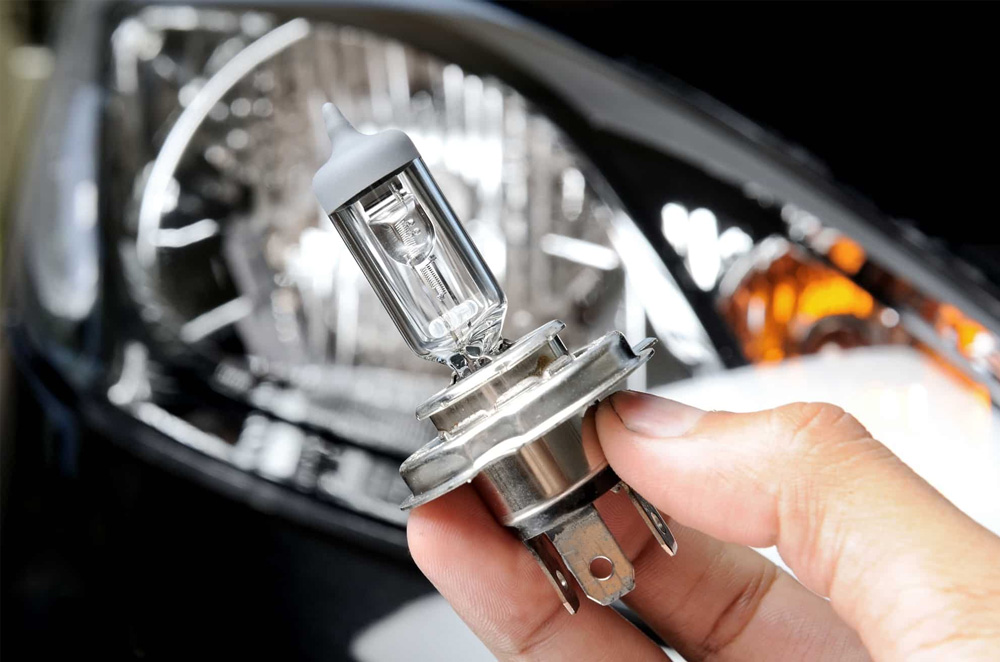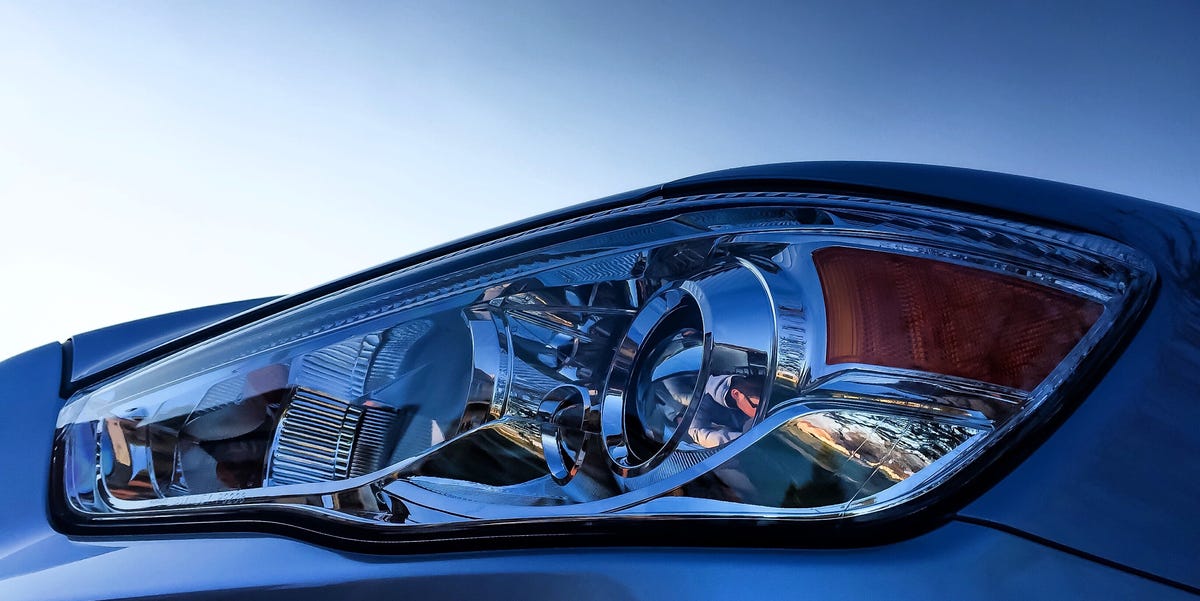Have you ever wondered what goes into the design and development of car headlights? From their aesthetic appeal to their functional purpose, car headlight technology has come a long way since its introduction. In this article, we will explore four things that many people have not heard about car headlights.
We’ll take a look at how they are made, why some cars have different types of lights, how they can be customized and improved upon, as well as their legal implications on the road. Read on to discover more about your vehicle’s lighting system!
The History of Car Headlights

Source: www.autotrainingcentre.com
The history of car headlights is a fascinating one, dating back to the late 19th century when acetylene lamps were first used. These lamps were quite dangerous and unreliable due to their open flame and would often go out if exposed to wind or rain.
In 1898, French engineer Gustave Trouvé invented the first electric headlight which slowly began replacing acetylene as the standard for automotive lighting. US law required all cars manufactured after 1918 to be equipped with two functioning headlights to prevent accidents caused by lack of visibility at night – this was later expanded upon during World War II when blackout policies meant only one light per vehicle was allowed while driving in Europe.
Over time, different types of lights have been developed such as sealed beam lights that offer improved illumination and durability until 1985 when halogen bulbs replaced them because they could produce brighter beams without needing additional voltage from batteries like sealed beams did.
LED or HID Xenon systems are now being implemented in modern vehicles providing better visibility and less power usage compared to other types of lights; advancements such as adaptive lighting features that can adjust the brightness based on surrounding conditions make it easier for drivers to see obstacles more clearly even in darkness without having to turn their high beams on manually every time they come across another car!
Advances in Lighting Technology for Cars
Advances in lighting technology have enabled car headlights to become more efficient and effective. Today, cars are equipped with LED headlights that are up to five times brighter than traditional halogen bulbs, reducing the amount of time it takes for drivers to adjust their vision when traveling at night or during inclement weather.
In addition, newer cars now feature adaptive headlight systems which automatically rotate the angle of the beam depending on steering input from the driver, allowing for a better view of any upcoming obstacles.
Finally, some automakers have developed laser-based headlights capable of illuminating far greater distances than ever before – all while consuming less energy than regular LEDs! This is revolutionizing how we see our roads at night, providing an unprecedented level of safety and assurance for drivers everywhere.
Different Types of Car Headlight Bulbs

Source: www.autodeal.com.ph
There are many different types of car headlight bulbs available on the market, each with its advantages and disadvantages. Halogen bulbs provide good illumination for a low cost but have a shorter life span compared to other options like LEDs or HIDs.
HID lights offer greater intensity due to their high voltage system making them ideal for nighttime driving conditions where visibility is essential; however, they require careful maintenance since they contain xenon gas which degrades over time resulting in reduced illumination level.
LED headlights use about 50% less power than traditional halogens while producing brighter light without glare – perfect for night driving!
Finally, laser headlights are capable of illuminating far greater distances than ever before using minimal energy consumption despite the higher price tag attached to this technology. No matter what type of headlight bulb you choose, it’s important to ensure that your vehicle has safe and reliable lighting at all times so you can stay safe on the road day or night!
Essential Maintenance Tips for Car Headlights
Ensuring that your car headlights are properly maintained can help you stay safe on the road, as well as reduce the cost of repairs in the future. Here are some essential maintenance tips to ensure that your car headlights last longer and remain bright:
- Make sure to check your headlight bulbs regularly for any damage or signs of wear and tear—replace them promptly if necessary.
- You should also clean off any dirt or debris from the lenses, using a soft cloth or a specialized cleaning solution designed specifically for this purpose.
- It’s necessary to adjust your headlight’s angle correctly so they don’t blind other drivers on the road; there is usually an adjustment screw at the bottom of each headlight assembly which allows you to do this easily yourself. Additionally, make sure that all wiring connections are secure and free of corrosion before each journey too!
- Finally, keep an eye out for new technologies such as LED lights which offer great visibility without draining power from other vehicle systems – these can be installed with minimal effort in most cases and provide long-term savings in terms of fuel efficiency too!

Source: www.caranddriver.com
Conclusion
In conclusion, car headlights are an essential component of a vehicle. Not only do they provide visibility in dark and low-light situations, but they also add style to your car.
There is a great variety of headlight options available – from halogen bulbs to LED headlights like the H7 LED Headlights from SEALIGHT. With so many different types of headlights out there, you can find the perfect fit for your vehicle’s needs and design preferences.
So now that you know more about car headlights, it’s time to go out and get one that suits you best!



